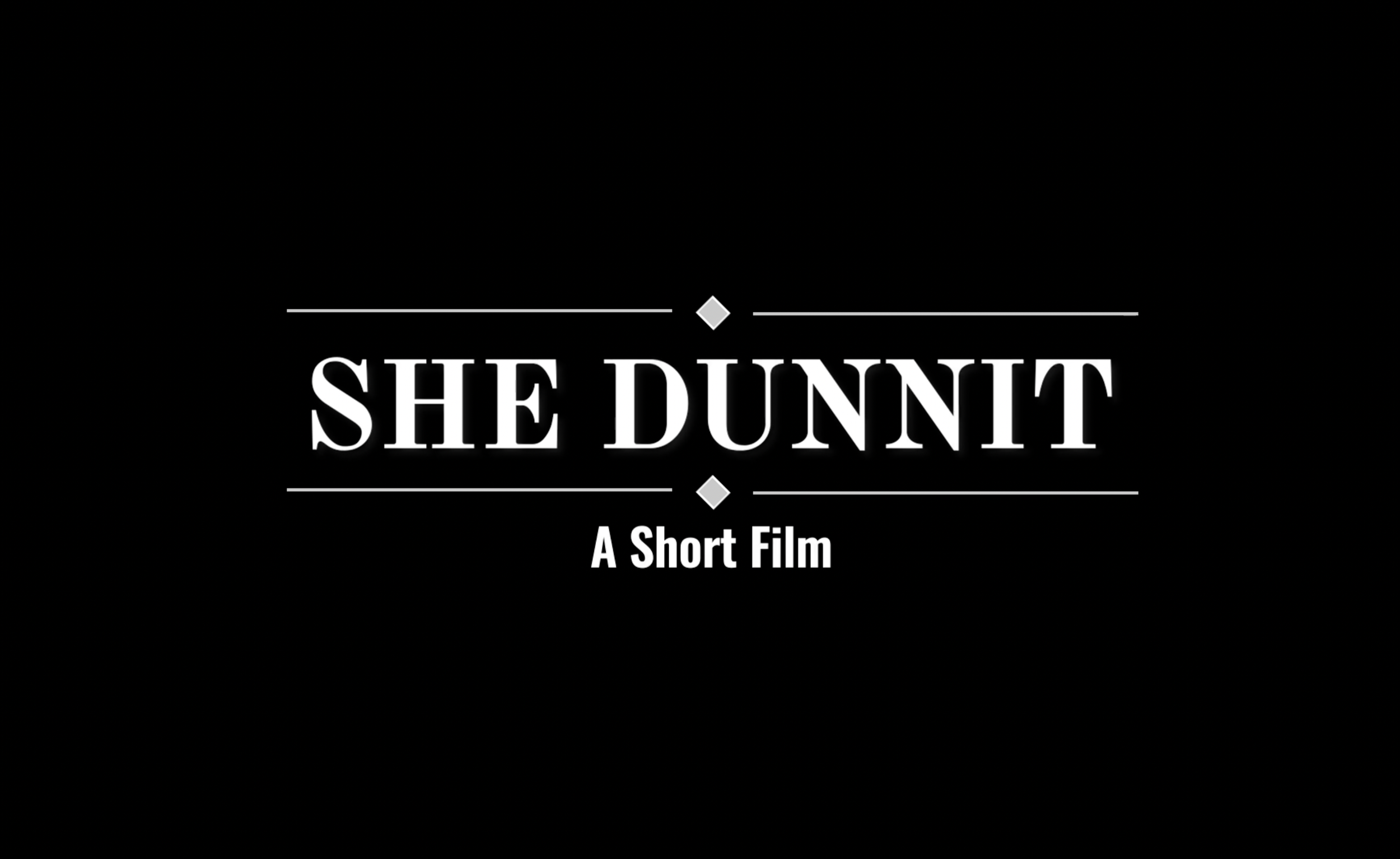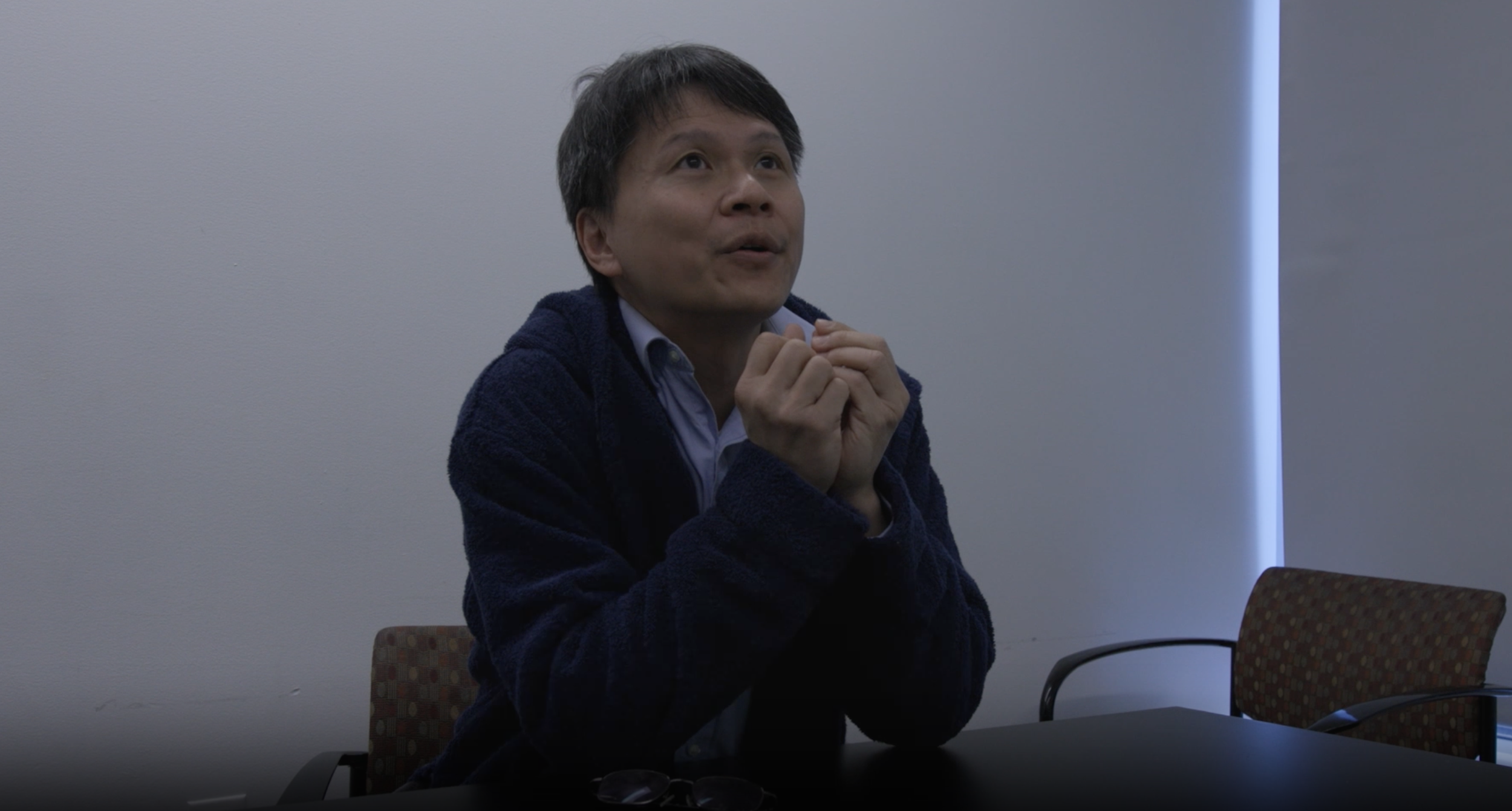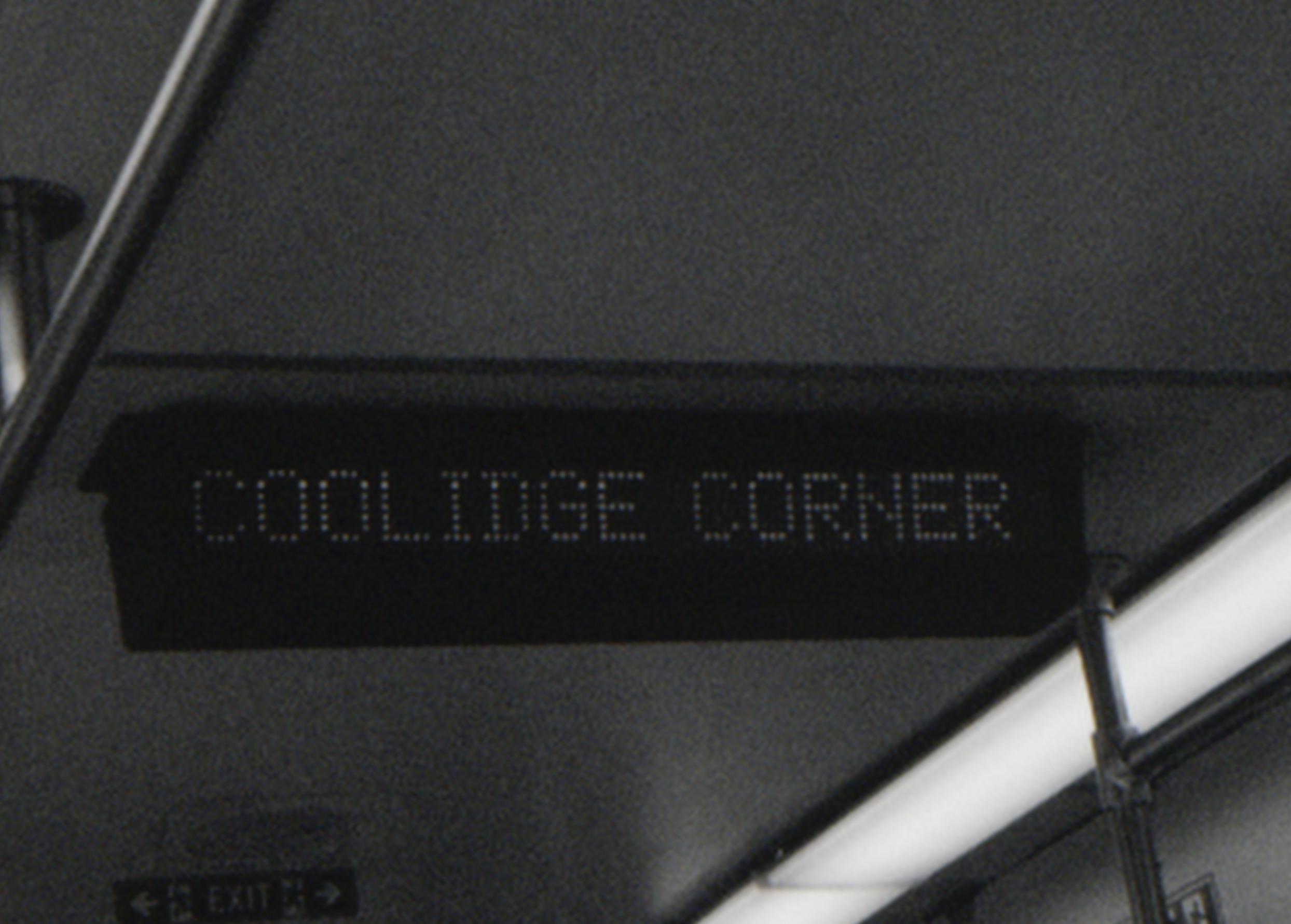CourseworkOverview
Emerson College, a nonprofit educational institution, draws independent minds from diverse backgrounds around the world through its highly regarded academic programs in communication, the arts, and the liberal arts. The School of the Arts at Emerson College offers cutting-edge programs in acting, theatre education, comedy, filmmaking, media studies, media arts production, creative writing, and more. Here, students learn by doing. Whether a student’s passion is film or video, Internet or animation, studio television or audio, their Department of Visual & Media Arts offers unlimited opportunities to grow, collaborate, and thrive—plus access to sophisticated, state-of-the-art equipment and facilities that help creativity take flight. Overall, Emerson College trains students to become thinkers, makers, and citizens of a complex world by studying theory, practice, and the intellectual and artistic traditions that inform both.
My Contributions
While I studied at Emerson for 3 years, I took a variety of courses—both theoretical and practical as well as general education to more career-oriented ones—but for my portfolio, I decided to only showcase a handful of my work from a handful of these courses. I am choosing to display work that I believe is both relevant to my career path and exemplary in and of itself.
In my first year, I took the course, Foundations in Visual and Media Arts Production. This course encouraged students to explore and experiment with visual and media art production techniques and technologies within a critical framework. For our final project, we were put in teams of 2-3 students and assigned to create either a short video or stop-motion animation based on any subject and in genre. My group created a parody of Film Noir while still trying to stay true to its defining elements. To poke fun at the genre while incorporating its aspects, we focused on the detective archetype, exaggerating clichés like constant monologuing and sexism toward female characters. Meanwhile, other archetypal characters (secretary, femme fatale, male suspect) called out the detective's behavior, adding humor. This allowed us to both honor and critique Film Noir through our screenwriting. This course and this final project, specifically, allowed me to gain the necessary foundational knowledge of filmmaking and the developmental process tied to it.
In my first year, I also took the course Introduction to College Writing. This course explored the essay as a flexible, adaptive mode of writing capable of addressing diverse audiences and rhetorical purposes, building connections between academic essays written for school and broader traditions of lyrical, personal, and public essays. For one of our essays, we were tasked with "taking the approach" of our chosen essayist in the writing of our own essay — meaning we would "approach" and mimic not just in style and structure, but also in their way of thinking. We were given complete liberty in terms of content and had to come up with a meaningful title for our literary essay. For this assignment, I decided to use Joan Didion as my essayist and inspiration, specifically looking at her work: “Why I Write”, “Goodbye to All That”, and “Los Angeles Notebook”. In her style and essence, I wrote a reflective essay that explores the theme of transition, growth, and self-discovery through chronicling my transition of moving to Boston for college; capturing how exploring the city, making new friends, and facing the bittersweetness of change has led to my personal growth. I share how embracing both beginnings and endings has been essential in shaping my journey and building resilience.
In my second year, I took the course, Writing the Short Subject. This course focused on the writing of the short subject within the genres of fiction, nonfiction, and experimental written concepts (including animation). We were tasked to create multiple scripts that range from 3 to 15 minutes and are suitable for production within the budget and time constraints of an Emerson College class. Here, I co-wrote and wrote three fictional, narrative screenplays. The first script was done in pairs and had to be 3-6 pages long with minimal dialogue. The second script was to be done solo and had to be 3-10 pages long. The third and final script was also to be done alone and had to be 8-14 pages long, though it could exceed that number by a few pages if need be. All the scripts I wrote had to be shared with my peers and professor for critique and workshopping and, then, in turn, revised around 2-3 times before turning in our final draft. This course allowed me not only to gain valuable knowledge and experience in script writing, but also explore different genres of fictional writing as well as practice workshopping and getting a feel for what a writer’s room can feel and is like.
In my second year, I took the course, Introduction to Film Production. This course provided an introduction to the basic skills of 16mm film production, including camera work, editing, and non - synchronous sound recording. For our final project, we were given the creative freedom to the subject/story of our film, but it must be filmed in no less than three 100ft rolls of Tri-X and at least two magnetic tracks of sound edited manually. The final film also had to be 5 minutes or less. I decided to create a short, non-narrative film that captured not only the essence of Boston’s infamous T (subway) and its green line, but also the overstimulation that a person may feel when traveling on it. I did this by filming various locations on/in the green line—such as an array of stations and the exterior and interior of the trains themselves—and by recording the naturally occurring ambient noises—such as the screeching of the trains, people chattering, and the intercoms giving off announcements. Both the course and this final assignment taught me the intricacies and difficulties that physical film brings while also enlightening me on different techniques and angles one can bring to film.
In my second year, I took the course, Computer Animation. This course introduces students to the fundamentals of three-dimensional modeling and animation Here, the class learns to model, texture objects, compose and light scenes, animate, and add dynamics, as well as to render their animations into movies, and composite movies, audio, titles, and credits in post-production. Students complete the course with an original portfolio-ready animation. For my final project, I decided to build off previous projects from the course. I took the ideas from our first research project, where we were called to in-depthly described and create a mental image in our writing of a handful of formative memories and/or dreams, and take elements of each to continually create, model, and animate in Maya. The final product was a short animation of a slightly open grave in a cemetery emitting a bright, blinking red light. As the camera moves towards the grave, it opens taking the viewer into the red light. Finally, the viewer is backed away from the red light that is now emitting from an open sign that is hanging from the window of a pizzeria. This course allowed me to explore a different side of media, offering me a better rounded perspective and understanding of filmmaking in general as well as the different approaches and techniques one can have and use.
In my third year, I took the course, Topics in TV Writing: The Series Development Process. This course takes students through the steps of the creative development process. Students will analyze series for production, audience appeal, and artistic value, and write coverage for sample pilots. Each student will then conceive and build their own television series, working from concept to “Bible” to a full season’s outline. Finally, students will produce a detailed look-book and deliver a verbal pitch for their proposed series. Here, I created, developed, and pitched my sitcom Greek Life. This series modernizes popular and well-known characters and stories from Greek mythology by throwing them into modern-day Greek life. The boys of Sigma Epsilon Chi—based on the men of The Iliad—partake in various shenanigans in an attempt to take down their rival frat while also dealing with their own members’ internal rivalries as well as inner turmoils, relationship problems, academic obstacles, and even the risk of disbandment. The Bible I created for this show contains the logline, the pitch, the character sketches/briefs, the in-depth summary of the first episode, and brief episode summaries for the first season in an effective and styled way that actively embodies the tone and look of the series. This course built off and reinforced concepts that I previously had been taught and put into practice as well as expanded my knowledge and experience in the development and writing process that precedes television and series specifically.
In my third year, I took the course, The War on Drugs. This course offers a critical examination of the ‘War on Drugs’ in the United States through the lenses of health, science, and social policy, with particular attention to the cultural impact of race, ethnicity, class, gender, and geography. For this course, we were assigned two research papers. One of the papers was the ‘Drugs, Media and Culture’ paper where we were tasked with critiquing and evaluating how drugs and drug users are portrayed in the media in at least 1800 words. The other paper was the ‘Rhymes of History’ where we were tasked to take the concept “History doesn’t repeat itself, but it often rhymes” and then analyze a current topic related to the War on Drugs and put it into historical context. This research paper required a minimum of 5 credible sources, cited in APA style, and at least 2000 words. For the ‘Drugs, Media and Culture’ paper, I researched and assessed the phenomena and portrayal of “wine moms” as well as the reality of it and the consequences it presents. For the “Rhymes of History” paper, I researched, assessed, and compared Iatrogenic Addiction and the Opiates Crisis of 1800s-1900s and the Opioids Crisis of the 1990s-2000s. This course and these two essays specifically strengthened my research and analysis skills while also broadening my perspective of and approach to the examination of topics.
In my third year, I took the course, Directing Actors for the Screen. This course builds on a foundation of basic film and video skills, allowing students to learn how to prepare and direct narrative sequences with actors – in order to become an Actor’s Director. For my final project, I decided to interpret a short yet pivotal scene from the film Glass Onion between its two main characters. Before being able to achieve the final version of the project, I had to have my detailed Full Prep of the scene/script, my revised Director’s Script, in-class rehearsals with an array of actors, out-of-class preparation rehearsals with my chosen actors, the scouting and booking of a location, and the booking of necessary equipment. After completing all of that, I was able to film the scene with my actors and give my direction to them when necessary. I was instructed to focus primarily on the acting itself rather than other aspects of film, which I followed. Finally, I edited it and sent the finished project to my professor and peers for review and to my actors for their reels. This course provided me with the knowledge and hands-on experience needed to fully grasp the multifaceted nature of directing.














